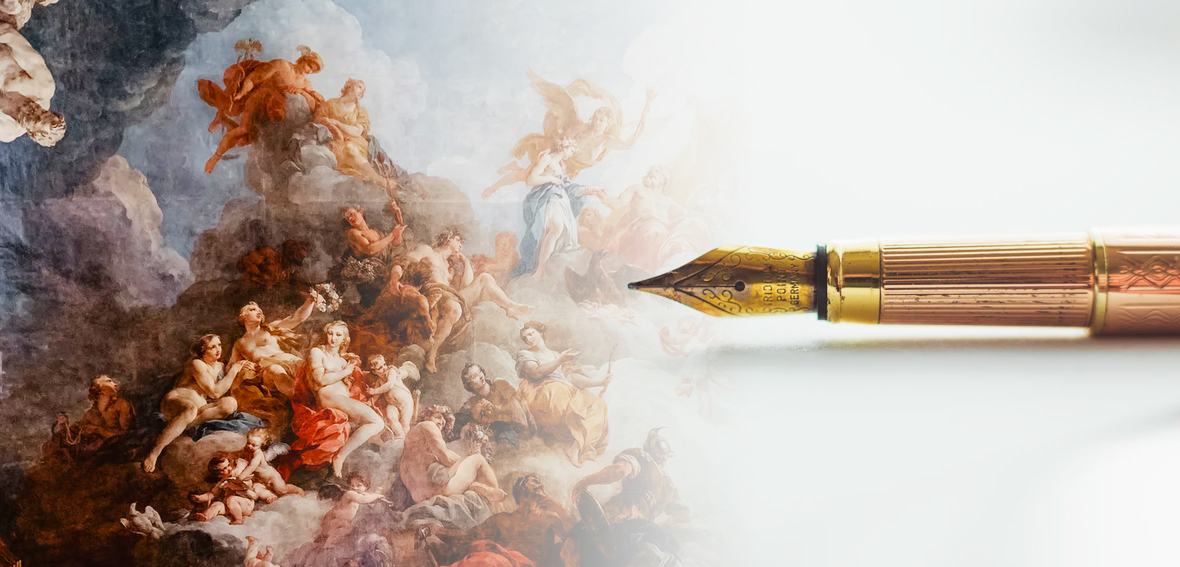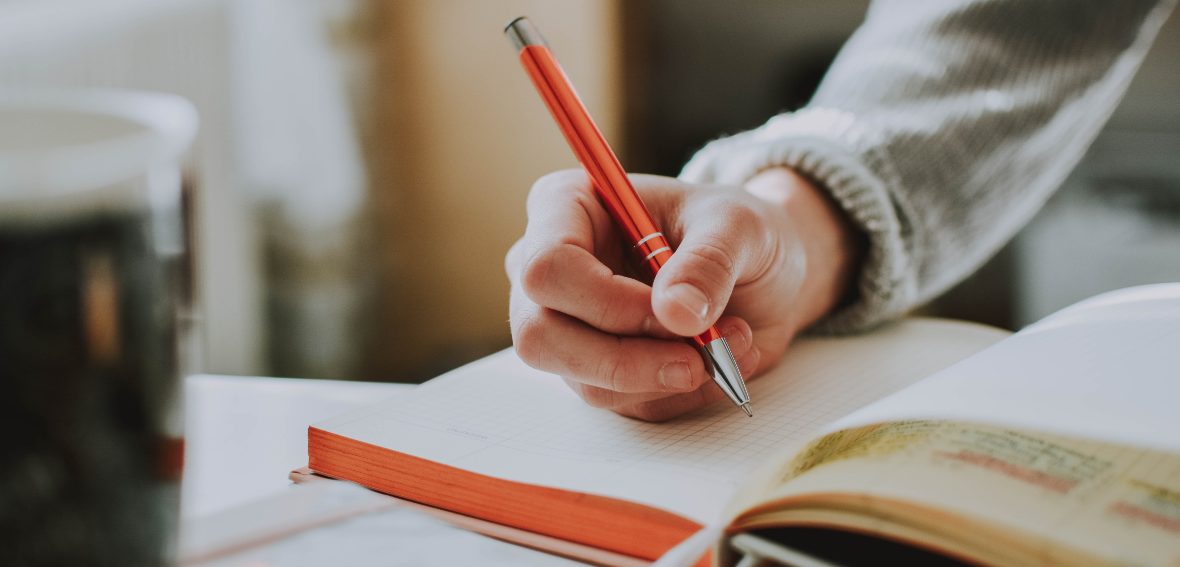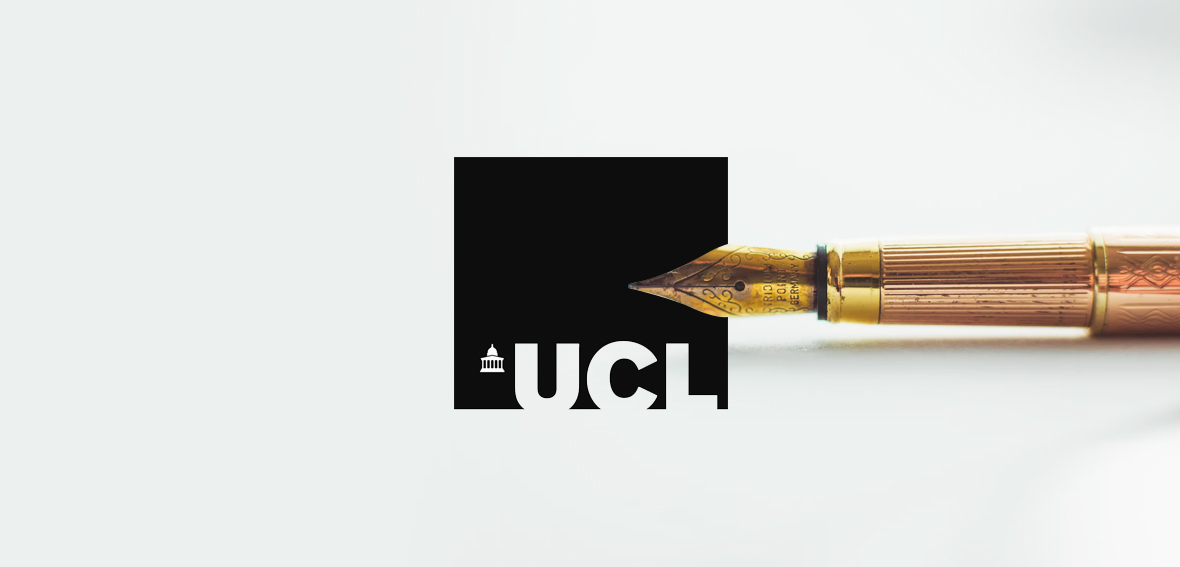Qu’écrire dans son Personal Statement pour un cursus artistique ?
Si une école d’art vous donne la possibilité de rédiger un Personal Statement, vous devez saisir cette chance pour expliquer au jury d’admission qui vous êtes. En plus de votre portfolio, qui est essentiel à votre dossier de candidature dans un cursus d’art, la lettre de motivation vous permet d’exprimer les raisons de votre passion.
Vous pouvez donc expliquer votre parcours, votre façon d’envisager l’art, les pratiques artistiques que vous maîtrisez ou que vous souhaitez apprendre ou approfondir, vos influences artistiques, comment vous avez développé votre goût pour l’art ou encore votre évolution en tant qu’artiste. Le Personal Statement peut avoir un puissant impact sur vos lecteurs, mettez-y votre cœur !
Quelques exemples de Personal Statements
Pour rejoindre un cursus de photographie
I dream about photography… Memories of gazing through a finger marked window pane, camera at my side, the train rocking, objects passing, disparate perspectives through the lens. I think about the diverse ways in which photographs are interpreted. For me photography is a spiritual act, an inner conviction and a desire to abstract essence beyond the material world. I’m interested in something which is built up from within, rather than just a superficial image. In stirring up excitement in me that connects with the innocence of childhood, spent just drawing, designing and creating, simply for the love of it. My first camera, a Polaroid led to hours hunting bugs, flowers and dolls. This progressed to composing subjects through angle and lighting, learning from experience, constantly expressing myself visually. I am continuously inspired by the smallest and simplest of objects, I love playing around with light to create different images and moods. I like how a photograph, unlike the other visual arts, is eternally bound to reality in a more profound way. I am fascinated with the concept of the real, and how people perceive objects and reality. This has been intensified through my A-level subject choices. Photographs are ubiquitous, indeed they are so woven into the fabric of everyday life that many people scarcely give them a second thought. I am aware that it is increasingly difficult to define ‘reality’ in photography, now that we are living in a digital age.
Despite my passion for photography I initially saw it best to pursue a science-based course, seeing photography simply as a hobby. Being the eldest in a family of four I was influenced that way. However after much reflection on what I want out of life, I changed my direction to studying a subject that really matters to me. When I came back into education to study my A-levels I began working with a wide selection of people from different backgrounds, I found this move highly liberating and was able to adjust quickly both socially and educationally. My choices of A-level subjects were selected so that they would give me a broad overview of life, communication and culture. I feel this has broadened my understanding of photography further. Studying Photography at A-level has enabled me to develop an independent and self-motivated practice. I have enjoyed discovering the many genres of photography, specifically landscape, still life and documentary photography. I find the work of photographers old and new highly inspirational. I am interested in the works of photographers ranging Simon Norfolk, Hyung Jeun Park and Sze Tsung Leong. I am drawn to these photographers as my most recent A-level project has involved looking at the effect of man on nature, our imprint, and how the world has adapted to fit our need for technology.
Through my Media Studies A-level I have been able to expand my analytical skills. I enjoyed learning about the sales and marketing side of the media industry in relation to photography. Pursuing Philosophy and Ethics at A-level has made me question my assumptions about how people think and act, it has left me able to think clearly, reason logically and argue with clarity and conviction. I have learnt many new theories and concepts that have further improved my understanding of cultures and history. I hope during a degree course in photography I will be able to bring some of these concepts into my work. I have been on work experience assisting a photographer and stylist, sourcing for shoots. This experience allowed me to witness firsthand what skills are required for becoming successful within the context of fashion and advertising. My interests include watching and analysing films, drawing, dancing. Living independently has taught me how to adapt to new situations, live on a budget and has prepared me for student life. I look forward to the challenges of further study in photography, enabling me to pursue my future career ambitions in the industry.
Personal Statement de clojo88
Ce Personal Statement a permis à son auteur de recevoir des offres de l’université de Nottingham Trent, Bournemouth Arts Institute, University of Arts London et Winchester School of Art.
Cette lettre, très personnelle, évoque la façon dont le candidat perçoit la photographie et explique comment il procède en tant que photographe pour choisir ses sujets et ses angles de vue. Son premier paragraphe démontre sa passion pour le sujet et explique même comment s’est développé cet intérêt : l’étudiant mentionne ainsi son premier appareil photo.
Le second paragraphe détaille les raisons qui poussent l’étudiant à vouloir se lancer dans des études de photographie. En expliquant son background, il parvient à décrire comment sa passion pour le sujet s’est développée et la rattache habilement à des techniques et au travail de photographes qu’il connaît.
Enfin, ses derniers paragraphes lui permettent de parler de son parcours académique et de ses expériences professionnelles pour mettre en valeur les compétences et qualités que ces derniers lui ont apportées.
En termes de format, on pourrait reprocher à ce Personal Statement d’être trop compact, ce qui nuit à sa lisibilité. Pour plus de clarté, l’auteur aurait pu aérer plus et diviser son contenu en de plus petits paragraphes.
Pour intégrer un cursus d’Art et Design
Although I pursued an academic rather than creative path in school, I have always been fascinated by the patterns that occur in art, architecture and the natural world, and drawing and painting have heightened my appreciation of them. Creating art, whether it is realistic or abstract, has helped me to see the world more clearly.
In October 2007 I began studying Classics and Modern Languages at Oxford University, but I had to leave in my first term as the problems my dyspraxia caused me were more severe than anticipated and I struggled to cope with day-to-day living and developed mental health problems. Studying this course would give me an opportunity to get back into Higher Education and to learn more about something which has always interested me.
Although I have no formal qualifications in art, I have kept up my passion for it outside the curriculum. My favourite material to work with is charcoal, as I find it helps me to portray texture better than any other material, although I also enjoy working with paints, pencil, collage and I have recently begun to develop an interest in tapestry and relish the opportunity to explore new media which this course would offer me. I have recently been doing a life-drawing project on wood, which stems from my interest in the forms and textures in nature.
I have also been inspired by the art I have seen as part of my study of other subjects. On a school trip to Spain, I visited various museums and was particularly moved by Picasso’s Guernica at the Reina Sofia Museum and I was fascinated by Hieronymus Bosch’s Garden of Earthly delights which I saw at the Prado. At the Prado, I was also privileged to see some of the works of El Greco, which I found deeply moving.
As a practising Christian, the art of the spiritual matters particularly to me, and I want to learn more about both Christian art and the iconography and architecture of other major world religions. Another thing which left a deep impression upon me when I visited Spain was the Moorish architecture I saw in Toledo. I am also interested in the psychology behind art and how people are empowered by artistic self-expression. For this reason, I am a supporter of the work of The Autism Acceptance Project, an organisation which showcases the artwork of autistic adults.
In my spare time, I have undertaken a variety of voluntary work. I helped with my school’s Youth SVP scheme, which organised clubs to help local primary school with reading. I also was a Youth Leader at Edmund Rice Camp, a week-long summer play scheme for children aged between seven and eleven.
This year, I have worked at The Croft Nursery School in Newcastle-under-Lyme with children aged three to four. I have enjoyed this immensely and feel it has improved my ability to collaborate with others. Alongside this, my love of the countryside has led me to complete the Duke of Edinburgh’s award (bronze) and have participated in Student Cross, a 125-mile hike from Oxford to Walsingham.
Learning about other cultures, both those of the past and of the present, is also a hobby of mine. For this reason I have always been engrossed by the study of languages and I am currently learning ancient Greek. I also enjoy reading a variety of literature and creative writing (both fiction and non-fiction) and have had several current events articles published online.
My curiosity about language, literature and culture sets my enthusiasm for art in a broader context and is a source of inspiration.
Personal Statement de sanabituranima
Ce Personal Statement s’ouvre sur une phrase personnelle, qui montre toute la passion du candidat pour l’art. Toutefois, cette phrase est longue et aurait mérité d’être coupée en deux. L’étudiant refait cette erreur à plusieurs reprises dans son Personal Statement. Gardez en tête que des phrases courtes peuvent transmettre de manière plus efficace vos idées.
Le second paragraphe explique les difficultés rencontrées par l’auteur lors de sa première année d’études, difficultés liées à sa maladie. Le Personal Statement peut en effet permettre d’évoquer des circonstances ou situations compliquées pour donner un contexte au jury d’admission. Si vous rencontrez des difficultés ou êtes soumis à des situations particulières, n’hésitez pas à le dire.
Les paragraphes suivants permettent au candidat de détailler les pratiques artistiques qu’il affectionne et ses inspirations, tel qu’un voyage durant lequel il a vu des peintures qui l’ont particulièrement marqué ou encore son intérêt pour l’iconographie et l’architecture religieuses.
S’il met en avant ses expériences de volontariat, l’étudiant n’explique pas ce qu’elles lui ont apporté ni s’il en a retiré quoi que ce soit.
Pour conclure sur le Personal Statement orienté vers l’art
Comme tout Personal Statement, celui pour étudier l’art ne fait pas exception : vous devez être structuré, cohérent et positif. Pour assurer vos chances de réussite, les experts de Caravelle Academy vous proposent un accompagnement sur-mesure pour déterminer quels éléments mettre en avant dans votre essai et vous aider à le rédiger.




